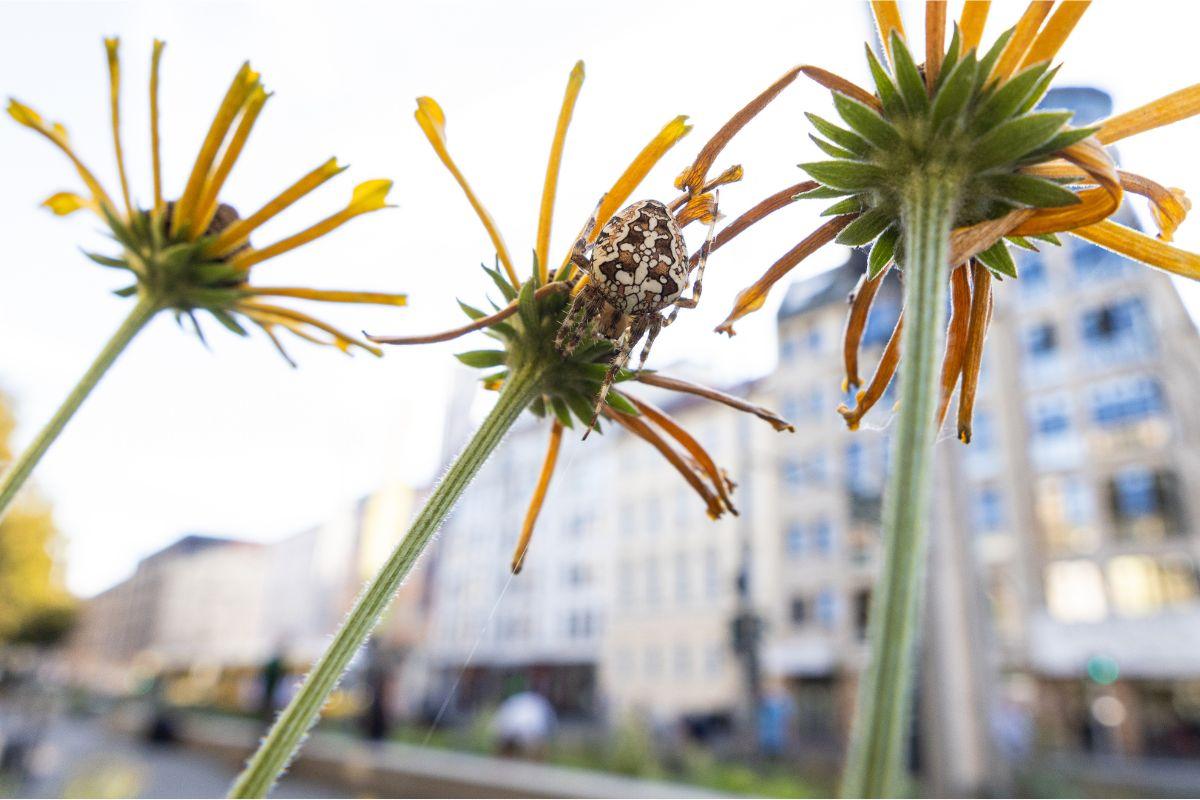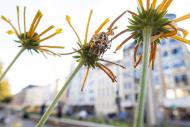The team of the Research Cluster “NaturBerlin” at the Museum für Naturkunde has published a study on species loss in Berlin. The results reveal a species loss of 16% since the end of the 17th century and demonstrate that the loss of species depends on increasing urbanisation as well as the geographical size of the area. None of the 1,433 species that have disappeared from Berlin have become extinct worldwide, meaning that the possibility of repopulation remains. In the same period, almost 450 non-native species settled in Berlin as a result of human influence.
Global change caused by humans has an impact on biodiversity and can lead to the loss of species. A distinction is thereby made between species that have disappeared locally from an area and extinct species that have irretrievably disappeared from our planet. The loss of species depends on the size of the area. As there are on average fewer habitats and therefore fewer species in smaller areas, the probability of species loss is higher. Environmental changes caused by humans in an area also take a role here. Cities are such relatively small areas that have been extremely adapted to the needs of humans. They are therefore suitable for studying species loss. Unfortunately, there is a lack of studies looking at species loss in a wide range of species groups in cities
The research team, consisting of Dr Jörg Freyhof, Dr Nike Sommerwerk, Shenya De Silva and the first author and postdoctoral researcher Dr Silvia Keinath from the Museum für Naturkunde Berlin, in order to make statements about the loss of species in the city. To this end, they analysed 37 red lists of endangered plants, animals and fungi in Berlin. These included arthropods, molluscs, fish, reptiles, amphibians, birds, mammals, algae, fungi, lichens and plants with a total of 9498 species.
Berlin is one of the largest cities in Europe and has a long history of urbanisation. The results of the study show that the proportion of lost species in Berlin is almost six times higher than in Germany and more than 45 times higher than in Europe. On average, the highest annual loss of species was documented in the 20th century, which was characterised by rapid population growth and the rapid and extensive expansion of the city. Despite the much shorter time span of the 21st century of 22 years analysed in the study, the same annual loss of species as in the 19th century can be observed.
A comparison with the global Red List of Threatened Species of the International Union for Conservation of Nature (IUCN) revealed that none of the 1,433 species that have disappeared from Berlin are globally extinct and can therefore be labelled as locally lost. The possibility of reintroduction therefore remains. In addition, the study was able to prove that almost 450 alien species have colonised Berlin in the same period as a result of human influence. Whether and to what extent these newly colonised species can compensate for the lost species in their function in the ecosystem remains to be seen.
Published in: Silvia Keinath, Shenya De Silva, Nike Sommerwerk and Jörg Freyhof ‘High levels of species’ extirpation in an urban environment - A case study from Berlin, Germany, covering 1700-2023'
Image information: Urbanisation (Berlin) © Frederic Griesbaum
Further information on the project Vielfalt Verstehen

